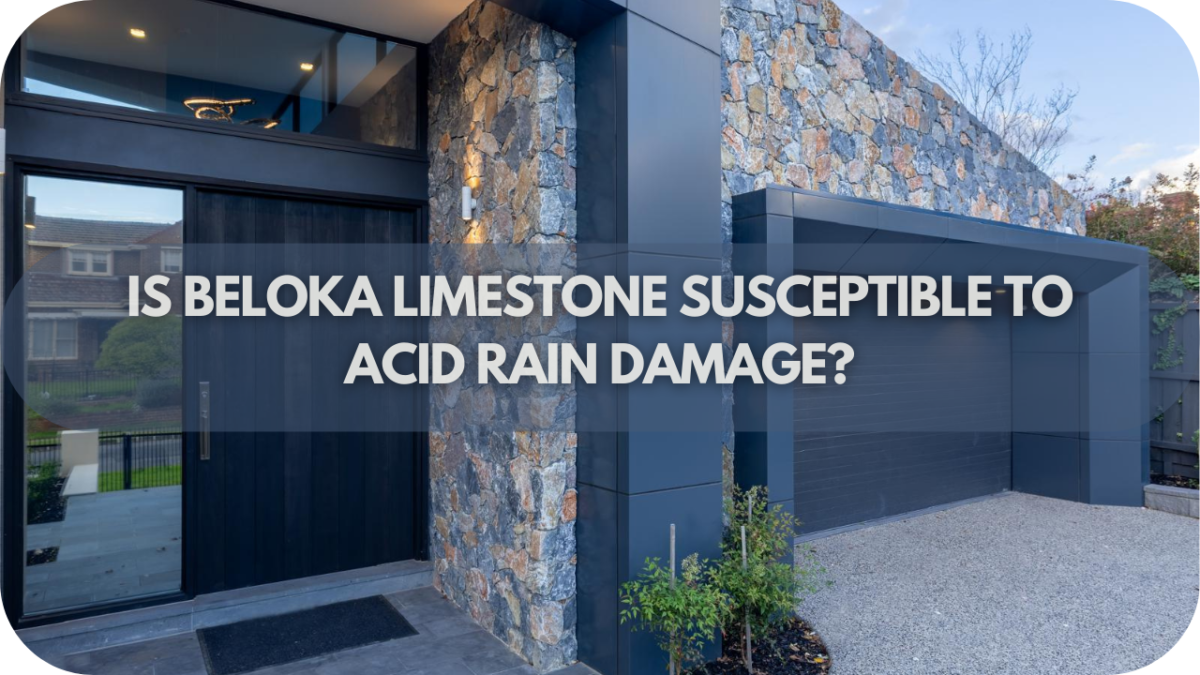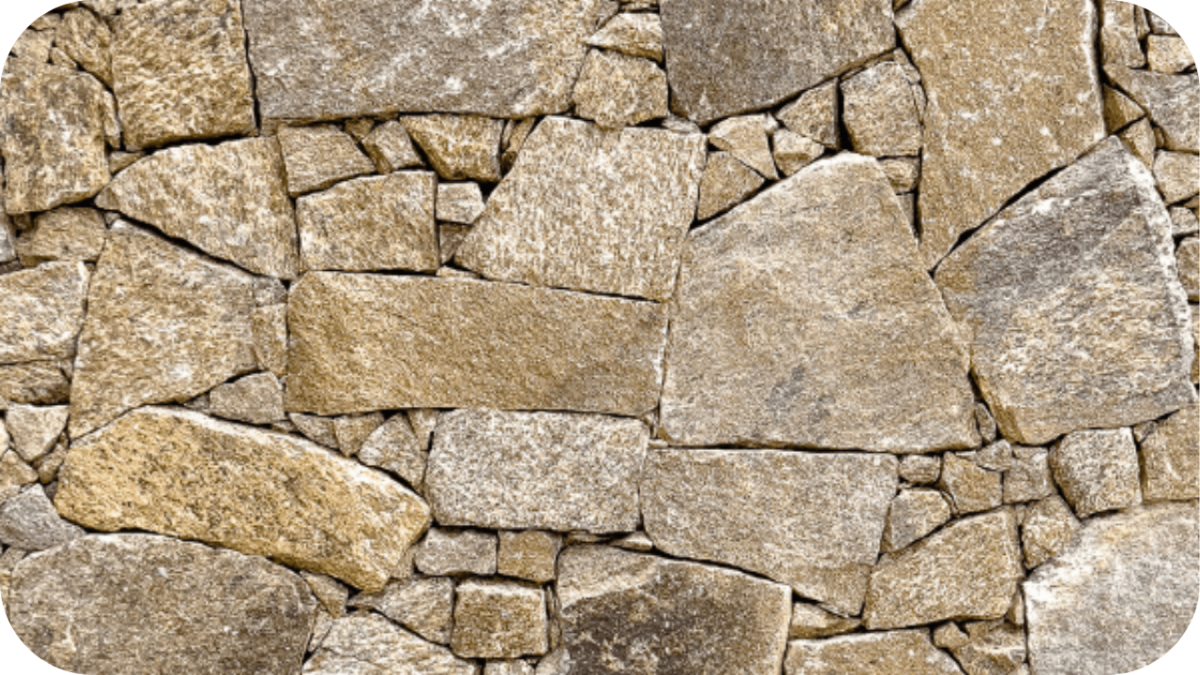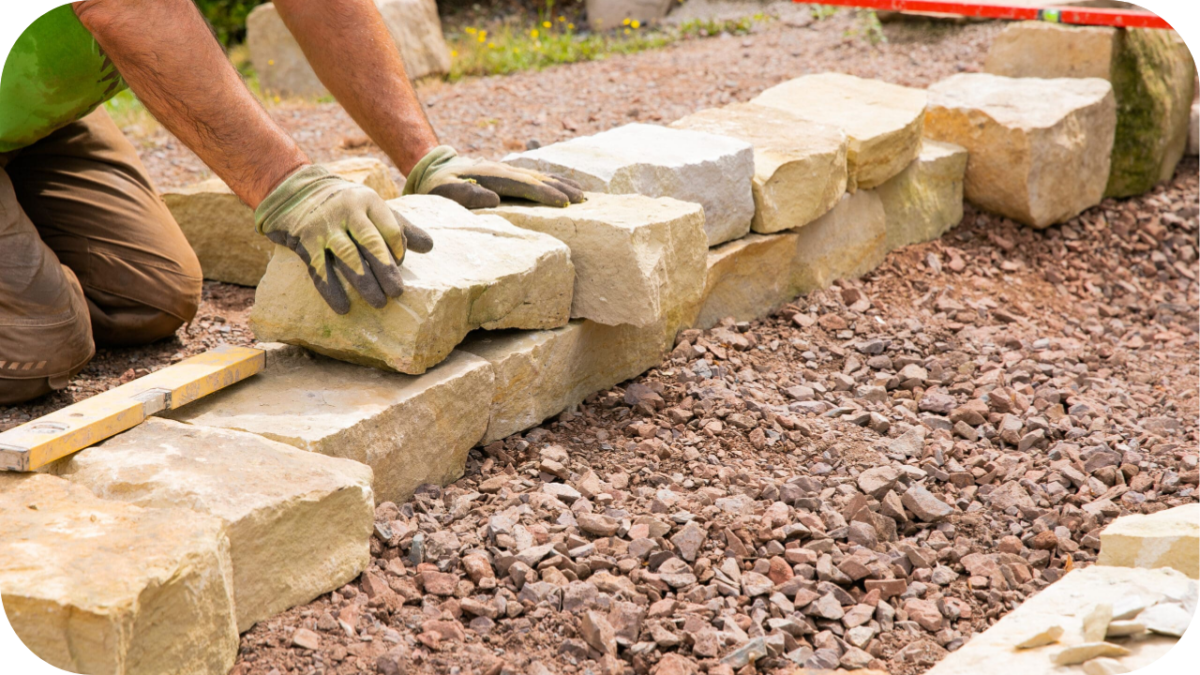Is Beloka Limestone Susceptible to Acid Rain Damage?
Beloka limestone is a beautiful, durable stone widely used in construction and landscaping. However, many natural stones, including limestone, face the threat of acid rain — a growing concern for property owners and architects.
But how susceptible is Beloka limestone to this environmental hazard? Understanding its vulnerability can help you make informed decisions when using this stone for exterior projects.
Let’s delve into the impact of acid rain on Beloka limestone and what you can do to protect it.
Is Beloka Limestone Susceptible to Acid Rain Damage?
Beloka limestone, while durable and attractive, is vulnerable to acid rain. The acidic compounds in rain react with the calcium carbonate in the stone, leading to erosion, discolouration, and surface damage. Regular maintenance, including sealing the stone and cleaning it with non-acidic solutions, can help protect it. If you’re using Beloka limestone in outdoor applications, it’s crucial to take proactive steps to preserve its appearance and integrity against the effects of acid rain.
What is Acid Rain?
Acid rain refers to rain, snow, fog, or dust that contains higher-than-normal levels of sulfuric and nitric acids. It forms when pollutants such as sulphur dioxide (SO2) and nitrogen oxides (NOx) are released into the atmosphere from vehicles, industries, and power plants. These pollutants combine with water vapour, creating acid compounds that then fall to the Earth’s surface as acid rain.
Acid rain has significant effects on both natural landscapes and man-made structures. It can erode stone, metal, and other materials, causing gradual but severe damage over time.
When acid rain interacts with limestone, a material composed mainly of calcium carbonate, a chemical reaction occurs that weakens the stone. As this issue continues to rise, understanding how acid rain interacts with stones like Beloka limestone is crucial for any long-term outdoor application.
How Acid Rain Affects Limestone
Limestone is primarily made of calcium carbonate, which is highly reactive to acidic substances. When acid rain falls on limestone surfaces, it triggers a chemical reaction known as acid-base neutralisation. The acid in the rain reacts with calcium carbonate in the stone to form calcium salts, carbon dioxide, and water.
This reaction dissolves the limestone over time, leading to surface erosion and weakening of the material. In outdoor environments, visible signs of damage include discolouration, pitting, and the breakdown of the stone’s texture. The stone’s once smooth, solid appearance may become rough and porous, which can significantly affect its aesthetic appeal and structural integrity.
Limestone used for outdoor features such as facades, statues, or paving is at greater risk because it is constantly exposed to weathering elements like acid rain. Over the long term, repeated exposure accelerates deterioration, making it essential to take steps to protect these surfaces.
Beloka Limestone and Acid Rain
Beloka limestone, sourced from regions with unique geological properties, is known for its durability and beautiful appearance. However, like all-natural limestones, it is not immune to the effects of acid rain. The porosity and calcium carbonate content of Beloka limestone make it vulnerable to acid rain’s chemical reactions.
In comparison to other types of limestone, Beloka limestone’s resilience to weathering can vary depending on its mineral composition. Some limestone varieties have a denser structure that resists erosion more effectively.
However, Beloka limestone’s relatively softer structure means that it may degrade more quickly when exposed to acidic compounds.
In regions where acid rain is more frequent or concentrated, such as urban areas or industrial zones, Beloka limestone may show signs of wear more rapidly. This has been observed in historical buildings and outdoor installations where the stone has faced long-term environmental exposure. These real-world examples show that Beloka limestone, while durable, does face a level of risk from acid rain damage.
How to Protect Beloka Limestone from Acid Rain Damage
Protection and maintenance are key when it comes to preserving the appearance and integrity of Beloka limestone in outdoor settings. Here are a few essential steps to protect the stone from acid rain damage:
- Sealants: Applying a high-quality stone sealant helps create a protective barrier against acid rain. This layer can prevent acids from penetrating the surface and reacting with the limestone.
- Regular Cleaning: Regularly cleaning the surface with mild, non-acidic cleaning solutions can remove any accumulated pollutants or acidic deposits before they cause damage. Avoid harsh chemicals that can worsen the condition of the stone.
- Protective Coverings: In areas where acid rain is frequent, consider using protective coverings or screens to shield limestone surfaces from direct exposure to rain.
- Routine Inspections: Frequent inspections can help identify early signs of wear such as discolouration or surface roughening. Catching damage early allows for timely repairs or treatments to prevent further deterioration.
- Strategic Landscaping: Planting trees or shrubs around Beloka limestone installations can provide natural shielding from acid rain. These plants not only protect the stone from direct exposure but also help filter pollutants in the air.
- Surface Reconditioning: Over time, reconditioning the surface with professional stone cleaning or refinishing can restore its appearance and mitigate the impact of ongoing exposure to harsh environmental conditions.
Alternative Stone Options for Acid Rain-Prone Areas
While Beloka limestone offers beauty and versatility, it may not be the best choice for environments where acid rain is prevalent. If you’re concerned about the long-term effects of acid rain on your stone surfaces, it’s worth considering alternatives that are more resistant to environmental wear.
- Granite: A popular choice for construction and landscaping, granite is highly resistant to acid rain due to its dense, non-porous composition. This stone’s durability makes it ideal for areas with high rainfall or pollution, ensuring it maintains its integrity over time.
- Marble: While marble has a stunning appearance, it is more sensitive to acidic conditions than granite. However, some types of marble with a tighter grain structure may provide better resistance than others. If you prefer marble, it’s crucial to apply sealants regularly to protect it from acid rain damage.
- Sandstone: Sandstone offers a natural, earthy appearance and can be a more affordable option compared to limestone. However, its porosity makes it susceptible to the effects of acid rain. Some types of sandstone, like those with a denser composition, may fare better in acid rain-prone areas.
- Slate: Slate is a fine-grained, durable stone that resists damage from acid rain better than many other materials. It is also naturally water-resistant, which makes it an excellent option for areas with high moisture levels.
Conclusion
Beloka limestone is a stunning and versatile choice for building and landscaping, but its vulnerability to acid rain requires careful consideration. Without proper protection, exposure can lead to surface erosion, discolouration, and structural weakening over time.
Fortunately, with the right maintenance and protective treatments, these risks can be minimised, ensuring the stone’s longevity. If you’re looking for high-quality limestone and expert advice, Splendour in Stone offers premium stone solutions designed to withstand the elements. Choose the best for your project and enjoy lasting beauty and durability.














